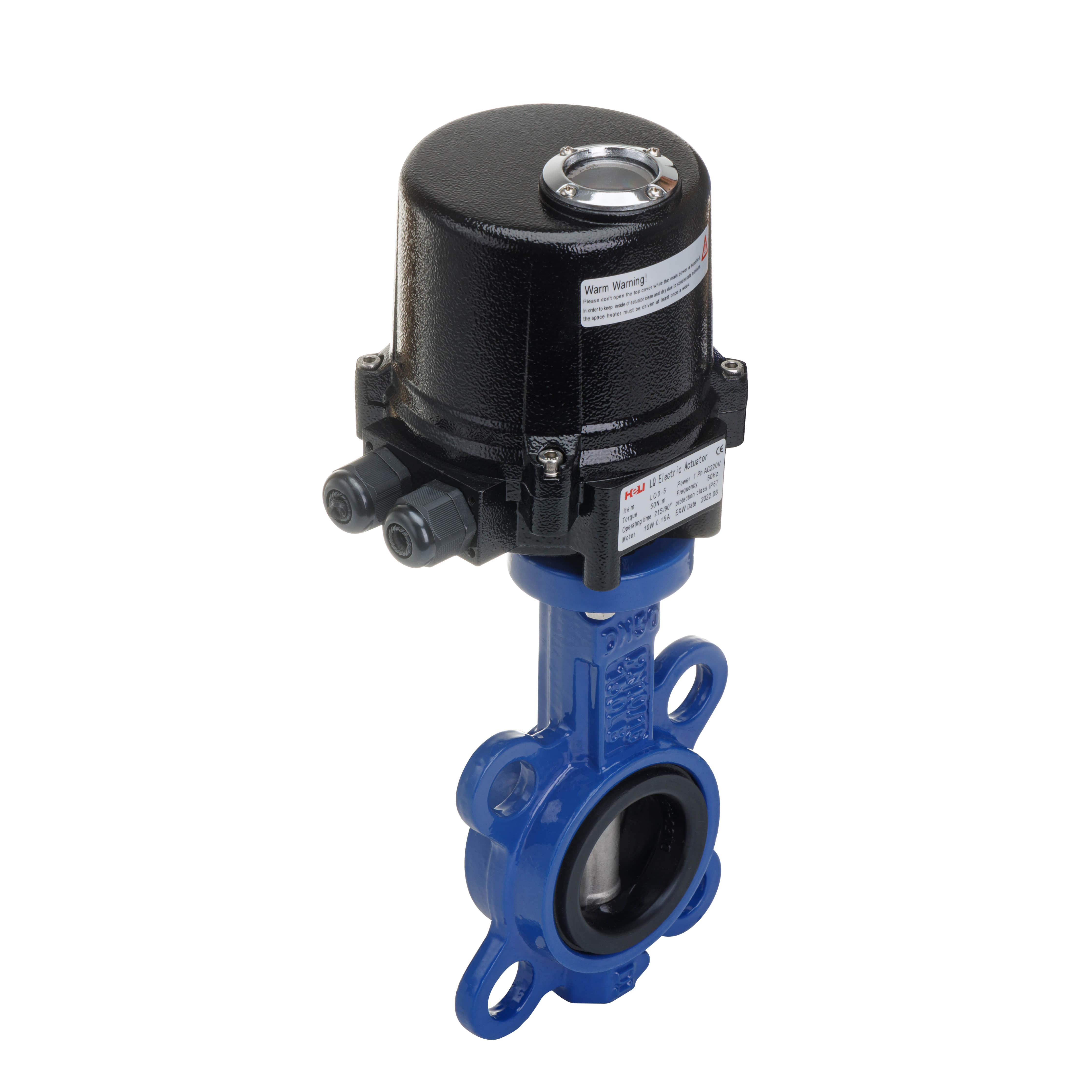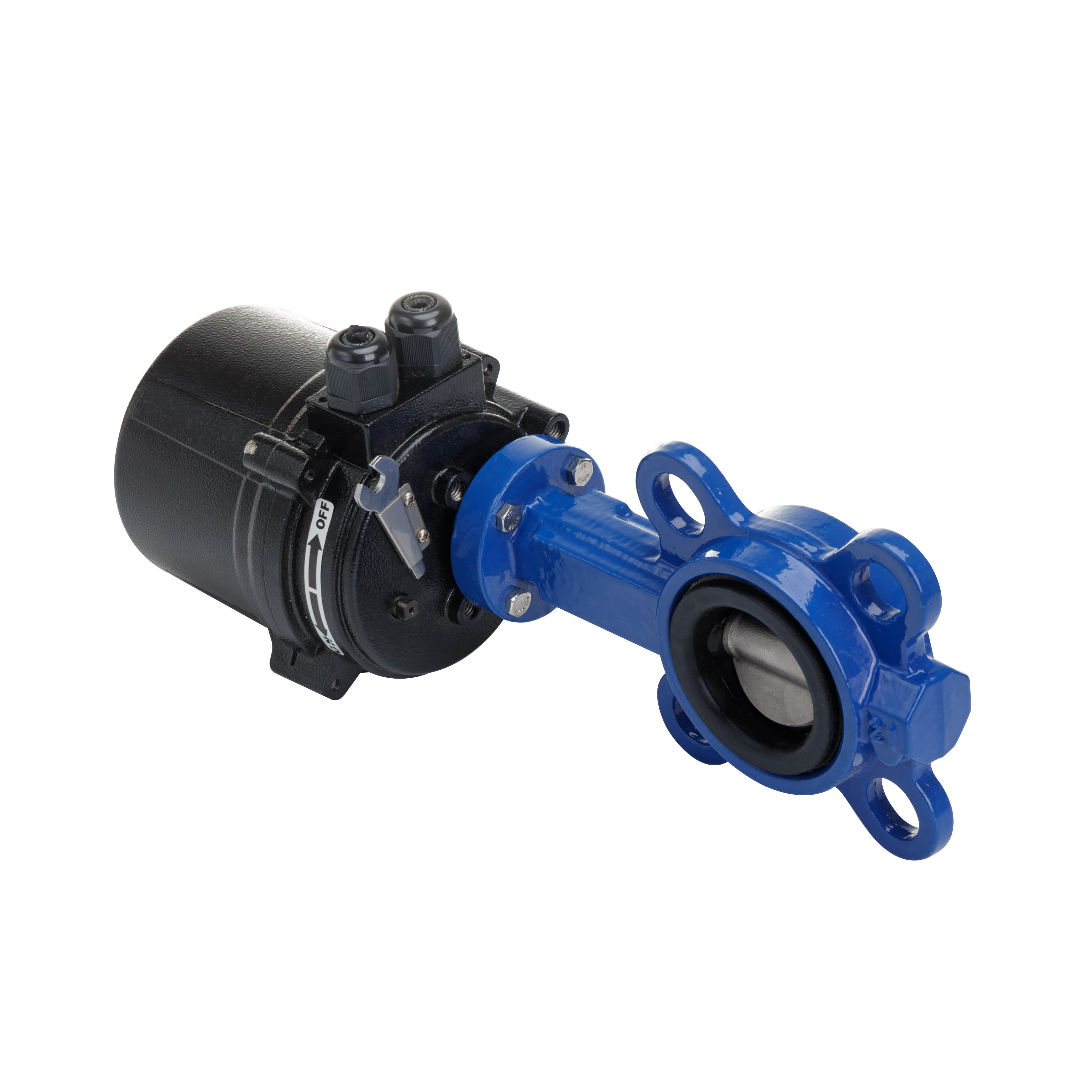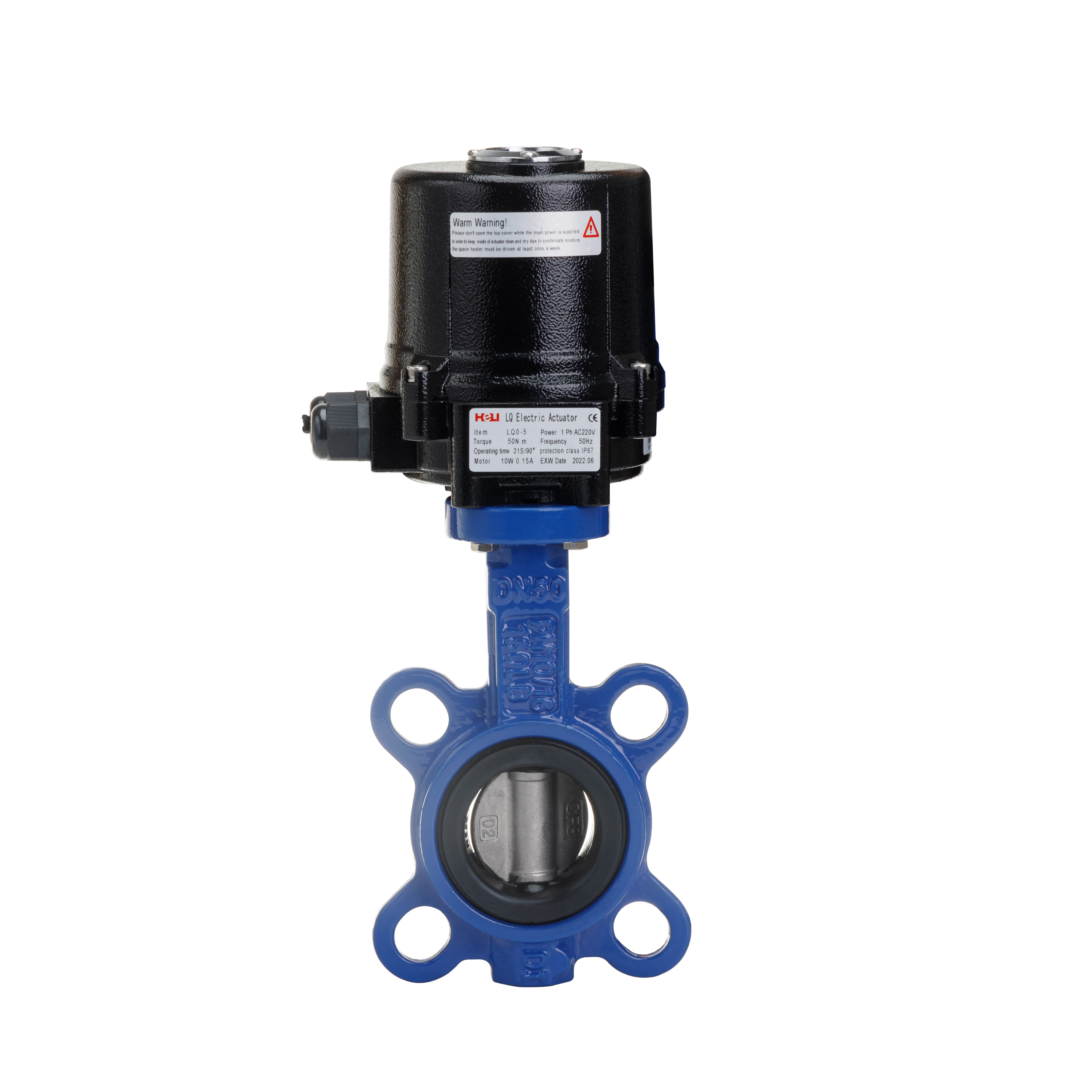

Electric butterfly valves are quarter-turn valves that utilize a disc to control the flow of water through pipes. The valve consists of a circular disc mounted on a shaft, which rotates to open or close the flow path. When the disc is parallel to the flow, the valve is open, allowing water to pass through. Conversely, when the disc is perpendicular to the flow, the valve is closed, stopping the water flow. Electric actuators are employed to automate this process, enabling precise control over the valve's position.
Key Features
Automated Control: The electric actuator allows for rote operation and integration with irrigation management systems. This feature enables farmers to automate their irrigation processes, reducing manual labor and minimizing the risk of human error.

em In the world of agricultural irrigation, efficient water management is essential for maximizing crop yields and ensuring sustainable farming practices. One critical component in modern irrigation systems is the electric butterfly valve. As an innovative solution, electric butterfly valves are increasingly utilized by agricultural irrigation manufacturers to enhance the efficiency and effectiveness of water distribution. This article explores the features, benefits, and applications of electric butterfly valves in agricultural irrigation.
Understanding Electric Butterfly Valves